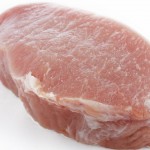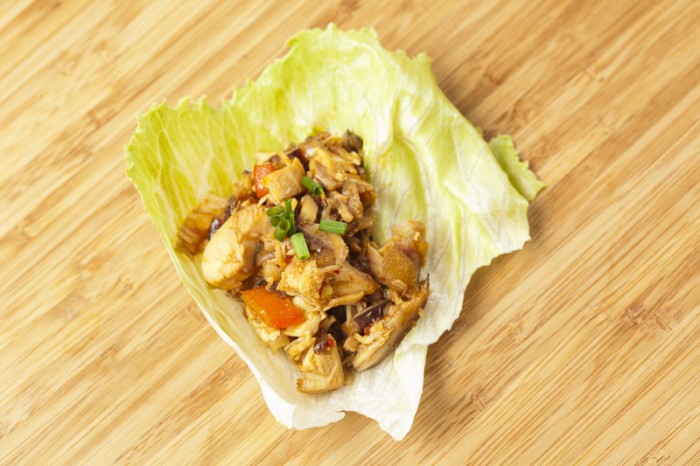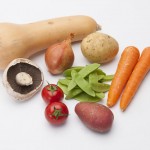These Chinese style pork wraps are great for a quick dinner and they offer a good way to use up any leftovers. Don’t just stick to carrot and spring onions, why not try baby corn or red pepper too?
It is important that the oil is really hot in the pan to give the pork a crisp coating, if it is not hot enough the cornflour will be slimy.
Skills Check
Knife Skills (Bridge & Claw); Using the hob (under adult supervision); Grating.
Allergens
Gluten | Sesame | Soya
(Please note the allergens listed are indicative only. Allergens vary depending on brand; check the labels on the products you use.)
Equipment
Knife, Chopping Board, Bowl, Spoons, Grater, Frying Pan, Wooden Spoon.
Ingredients (serves 2 children):
- 200g cooked left over pork (shredded)
- 6 whole leaves of iceberg lettuce
- 1 carrot
- 2 spring onions
- 1 tbsp sesame seeds
- 100ml hoisin sauce
- 2 tbsp cornflour
- 3 tbsp vegetable oil
Method
- Place the shredded pork in a bowl, add 2 tbsp of water and mix. Add the cornflour and lightly mix again.
- Put a frying pan on a medium heat with 3 tbsp of vegetable oil. When hot add the pork in individual strips and fry for 30-40 seconds until browned, then turn over and leave to fry for a further 30 seconds. Repeat until all of the pork is cooked, take off the heat and place the pork in a bowl.
- Grate the carrot and shred the spring onions and place in a separate bowl.
- Pull the iceberg lettuce into leaves and place on a plate.
- Add the hoisin sauce and the sesame seeds to the warm pork and stir well.
- Serve by spooning the pork mixture into a lettuce leaf, add some carrot and spring onion, roll up and eat.
So thinking about pork & lettuce wraps ...

Vegetables are so good for us! Low in fat, sugar and calories and high in vitamins and minerals. Add a range of different vegetables to your wrap to add interest, colour, flavour and nutrients!
Nutritional Information
| - | Energy | 1589KJ/378kcal | 19% |
| Med | Fat | 13.4g | 19% |
| Med | Saturates | 3.7g | 19% |
| Med | Sugars | 11.9g | 13% |
| Med | Salt | 1.4g | 23% |
per 225g serving
% of an adult's reference intake
Typical values per 100g: Energy 706KJ / 168kcal
Notes
A traffic light system is used on nutrition labels to make it easier to see which foods and drinks are lower in calories, fat, sugar and salt. Try and choose more ‘greens’ and ‘ambers’ and fewer ‘reds’, and stick to smaller portions of ‘reds’.
Just because a recipe or a food has a red traffic light doesn’t mean you shouldn’t eat it. Understanding why a food or recipe might have a red light can be helpful. For example oily fish is high in total fat and so any recipe containing oily fish is likely to be ‘red’ for fat. But it is recommended that we eat oily fish at least once a week because the type of fat it contains is beneficial for our health.
% Reference Intakes are also shown. Reference Intakes are guidelines about the approximate amount of particular nutrients and energy required for a healthy diet (based on an average-sized woman doing an average amount of physical activity). Most children will require less than these Reference Intakes. The contribution of one serving of a food or drink to the Reference Intake for each nutrient is expressed as a percentage.




